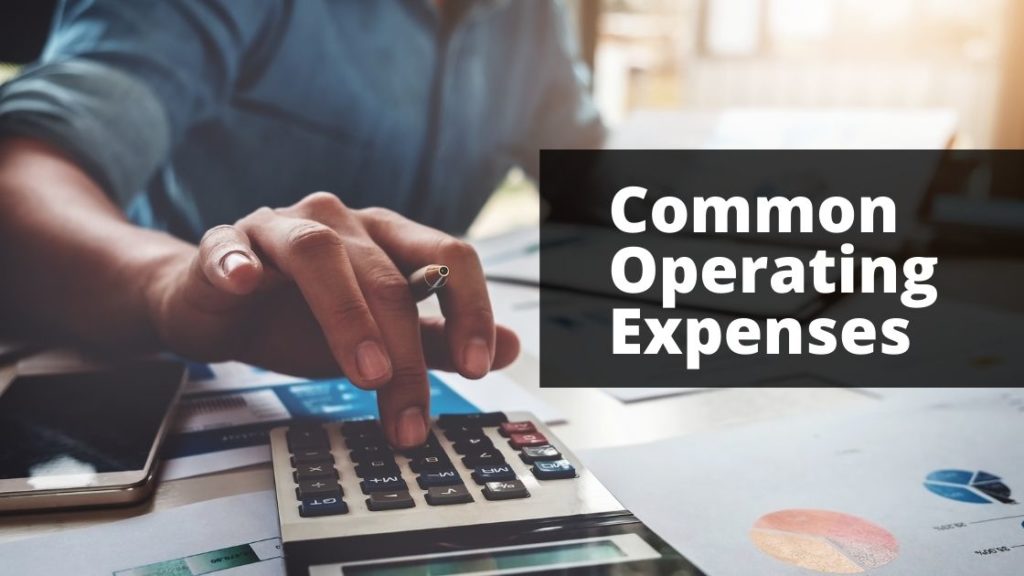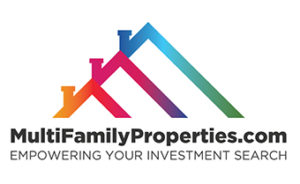
Are you using accurate operating expenses when evaluating investment properties and projecting returns? Here are the common operating expenses for multi-family properties and tips on how to accurately budget for them.
Taxes & Insurance
Taxes and insurance are an obvious place to start. For taxes, account for possible increases in the future. You can use past adjustments in tax rate or assessed value as a predictor of future trends. For insurance, obtain an accurate figure by requesting a quote from your insurance provider. Every property is unique and may result in a different insurance premium. Be sure to also check whether flood insurance is required as that can increase insurance expenses quite a bit depending on the flood zone.
Utilities
Utility expenses will range based on common and individually metered services. At the very least, you must cover electricity for common areas such as exterior and common area lights. Water and sewer is another charge, unless the units are metered separately and can be billed directly to each tenant. Don’t forget to budget for trash removal year-round and snow removal during the winter months.
Maintenance and Repairs
Maintenance and repairs are the most common operating expenses for multi-family properties bit also the most difficult to predict. The cash flow analysis provided for properties on our website uses 3% of operating income. You may want to increase this estimate for older buildings, as they commonly need more maintenance than newer ones. If the current owner of a property provides a copy of financials for the last few years, you can also reference those actual expenses as well.
Vacancies
New investors often forget to include potential vacancies in projections. Not only is the lost income from vacancies an important factor, but there are also expenses involved with any tenant turnover. You may incur marketing fees, brokerage fees, and expenses to run background or credit checks. The unit will require cleaning and some maintenance to transition from one tenant to another. The vacancy buffer in your budget should account for all of this.
Leasehold Improvements
Lastly, don’t forget about leasehold improvements in the short and long-term. When agents in our network evaluate properties for their clients, they typically note potential leasehold improvements that are immediate versus required within 1-2 years, 5 years, and 10+ years. It may include roofing, heating, cooling, plumbing, electric, windows and doors, and other costly upgrades. It’s important to note that these expenses are usually depreciated over time rather than with a single deduction in any given tax year.
Summary of Common Operating Expenses for Multi-Family Properties
As you can see from this list, evaluating the operating expenses and projected returns on investment properties can be time consuming. We certainly understand that, which is why we’ve designed our website to facilitate that process. We provide a financial analysis on each and every property. This is a great starting point as your browse through hundreds of listings. Additionally, you can further edit our estimates to meet your specific needs. Our website saves you significant time and energy in the search for your next investment property. For even more comprehensive analyses, contact an agent in our network. They specialize exclusively in multi-family properties and have the knowledge and skills to help you make better decisions about your future investment purchases.


